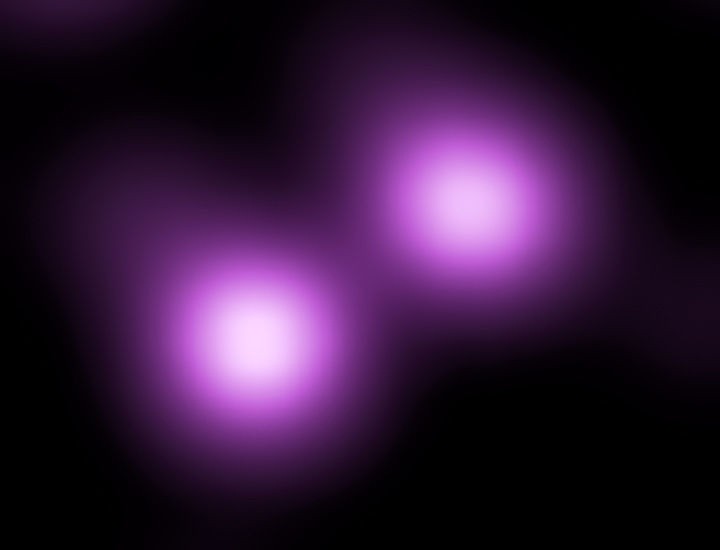
The discovery of a powerful space laser came from the vastness of space, five billion light-years away, the farthest in the deepest space yet. Scientists have not fully determined sources from deep space like radio waves and other anomalies.
A longer distance in deep space means countless years it took to reach the earth; by the time it reaches us, millions of years may have passed.
Source of Deep Space Radio Signal
An object from which it came is a massless cosmic object called a megamaser, taking several billion years to be detected, reported Science Alert.
The astronomers used the MeerKAT radio telescope in South Africa; they called it the Nkalakatha galaxy, which means 'big boss' in isiZulu, cited Sarao.
Their work was accepted and published in 'The Astrophysical Journal Letter,' which is available on the preprint server arXiv.
According to astronomer Marcin Glowacki, amazingly, we've already identified a record-breaking microwave laser ejecting source after only one night of observations, noted the International Centre for Radio Astronomy Research (ICRAR) of Australia.
What is a Maser?
It's comparable to a microwave version of a laser, except instead of visible light, it bursts out stimulated and amplifies microwave and radio wavelengths.
The processes that magnify light in an astrophysical maser are cosmic; planets, comets, clouds, and stars can all generate masers.
Such cosmic entities like a powerful space laser ejecting powerful bursts of microwaves produced and generated by active supermassive black holes in the cosmos; detected as far as five billion light-years is astounding.
Data from the first night of a 3,000-hour survey came, Glowacki detected the megamaser, with intense wavelengths enhanced by energized hydroxyl molecules. These cosmic bodies are generated by galactic collision and cause star formations. Intense gravity crushes and compresses star-forming gas, then causes it to shrink into baby stars quickly.
Jeremy Darling, an astrophysicist from Colorado University, stated that the collision of galaxies causes the generation of light beams, and it travels immense cosmic distances if that happens.
These laser-like sources behave as bright lights, indicating that a galactic clash is rending cosmic bodies apart to birth new stars and nourishing massive black holes with unmeasured energies from the destruction.
The MeerKAT survey was never for finding masers; instead, it looks at the Distant Universe using the Meerkat Array (LADUMA).
In search of the early universe, neutral hydrogen radiated a spectrum of 21 centimeters and redshifted with the universe's expansion. The telescope detected a longer redshift of 18 centimeters.
Spotting Nkalakatha in the sky via its brightness in infrared wavelengths glows in the tail, emitting radio waves pulled by the gravity of merged galaxies far away. There are plans to study the maser source, and more will be expected in the survey.
According to Darling, the MeerKAT will be important in detecting the deep space phenomena of hydroxyl megamasers; to test the study suggestions.
Finding these intense microwave sources is like a needed in a haystack, as the background noise in the vastness of the cosmos could surprise astrophysicists. This powerful space laser is a hydroxyl megamaser from the Nkalakatha galaxy about five billion light-years away that will be investigated further.








